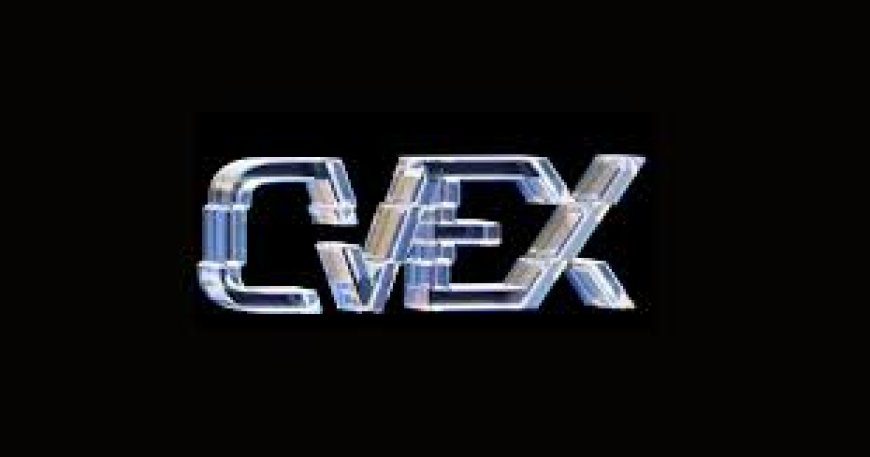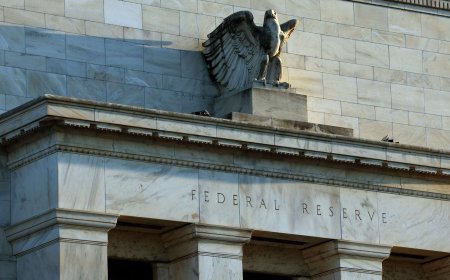Crypto Valley Exchange Aims to Revolutionize DeFi Derivatives with 'Smart Clearing'
The Arbitrum-based derivatives platform has introduced a new protocol designed to streamline and improve the efficiency of its financial infrastructure.

Key Points:
-
Crypto Valley Exchange’s "Smart Clearing" service is designed to lower the collateral needed for derivatives trades, as stated by CEO James Davies.
-
Davies is confident that this enhanced efficiency will enable DeFi to better compete with traditional financial markets.
Crypto Valley Exchange says that the intricate systems powering derivatives trades in DeFi are set to receive a significant efficiency upgrade.
Crypto Valley Exchange's "smart clearing" protocol aims to reduce capital requirements for derivatives traders by adjusting collateral levels based on the price correlations of the traded assets. According to CEO James Davies, this could help make DeFi more competitive with traditional financial markets that crypto aims to replace.
The service addresses a longstanding challenge in DeFi: how to effectively manage counterparty risk in a trustless environment.
In traditional financial markets like CME and NYMEX, clearinghouses act as trusted intermediaries for every buyer and seller, requiring some collateral but not necessarily 100%. In contrast, DeFi markets lack such a middleman, meaning they must require full collateral to mitigate risk.
The current system works, but it's far from ideal. Higher collateral requirements mean traders have less capital available for other investments, which, according to Davies, significantly hampers market growth.
"This is where crypto is much more conservative than traditional finance," Davies explained. "We're really underdeveloped in this space, and that's because we lack efficient clearing."
He highlighted the absurdity of requiring full margin for trades involving highly correlated assets, such as oil and jet fuel.
"If I went to NYMEX as an oil company, wanting to buy oil and sell jet fuel, and you asked me to put down full margin on both, I’d laugh, because those assets are 90% correlated," he said.
Davies argues that the same principle should apply in DeFi. "Ethereum isn’t going to 10,000 on the day Solana crashes to zero," he noted, suggesting that traders betting on the relative rise of ETH against SOL shouldn't need to post full collateral.
He believes that clearing is the key to DeFi's success in competing with traditional finance. By improving risk management and making it transparent on a blockchain, DeFi could rival the financial systems it aims to replace.
"You can’t just build a perpetual DeFi platform for things like treasuries or commodities and expect to beat NYMEX or CME when you have to lock up so much more collateral than you would on those platforms," Davies said.
If the crypto real-world asset (RWA) sector succeeds in bringing tokenized versions of everything onto the blockchain, DeFi will need a solution to the clearing efficiency problem, according to Davies. Institutional investors won't tolerate the need for three times the collateral they’re used to, especially for trades involving correlated assets.
Crypto Valley Exchange is the first to implement this solution. The Arbitrum-based futures and options decentralized exchange (DEX) is already using smart clearing for its dated futures orders. Further capabilities are expected later this year, with plans to expand into commodities markets beyond crypto. Davies also hopes that other protocols will integrate with the smart clearing system as well.
What's Your Reaction?
 Like
0
Like
0
 Dislike
0
Dislike
0
 Love
0
Love
0
 Funny
0
Funny
0
 Angry
0
Angry
0
 Sad
0
Sad
0
 Wow
0
Wow
0




































































